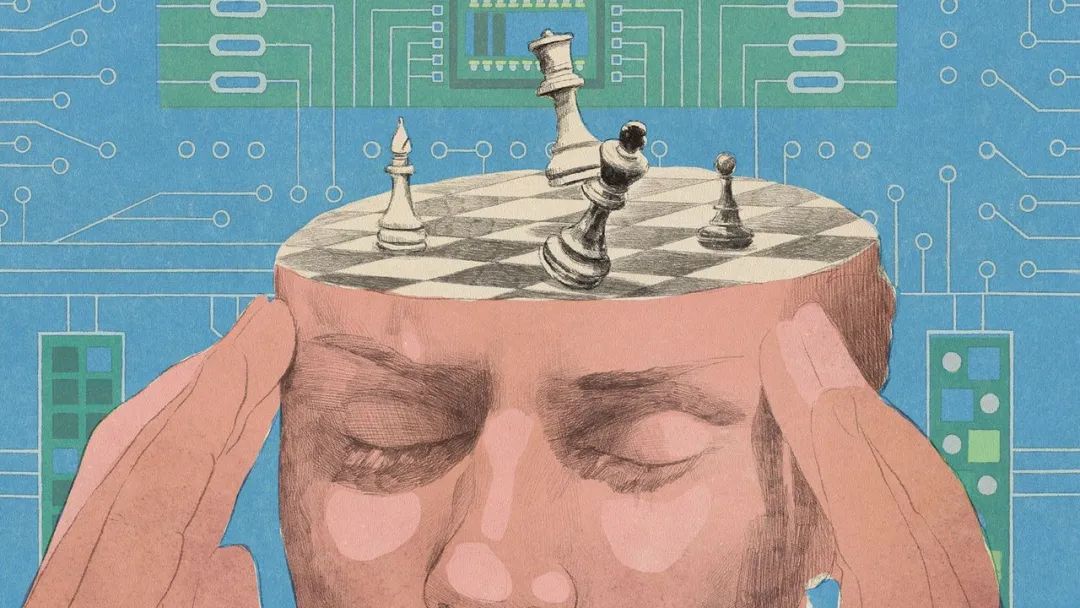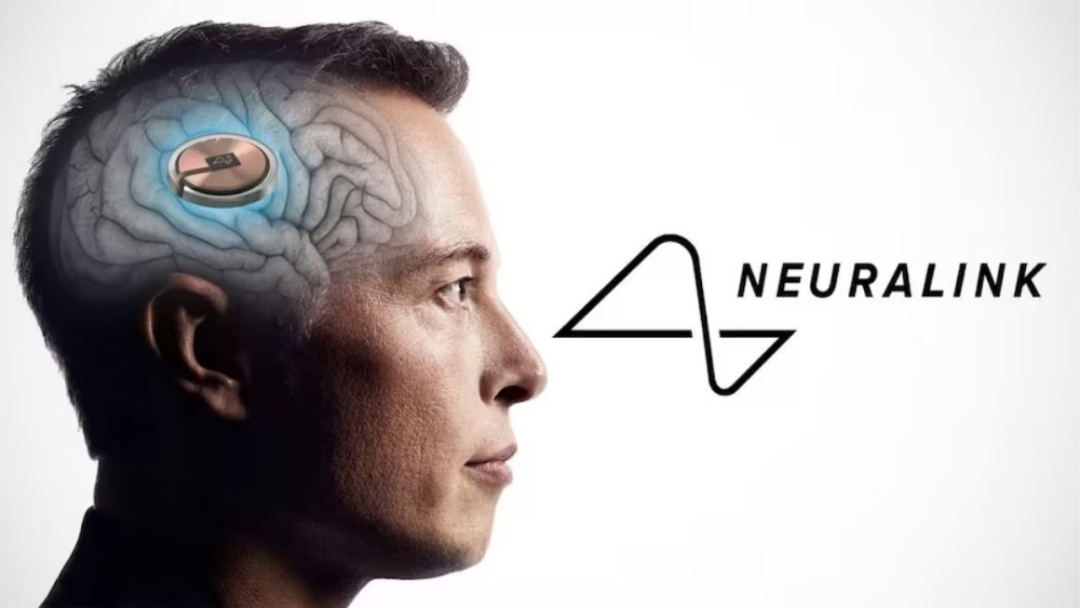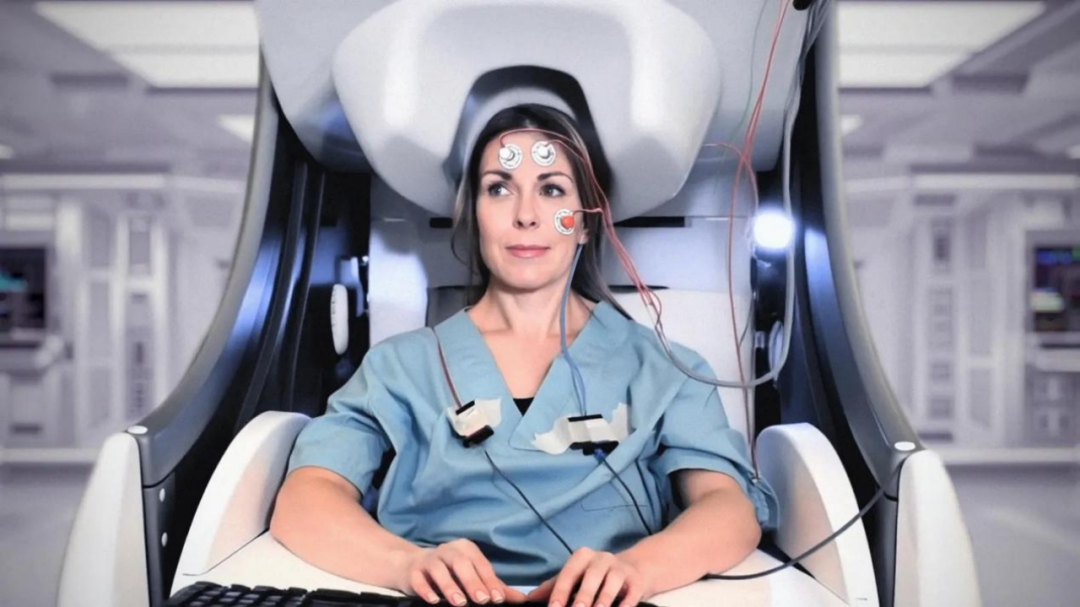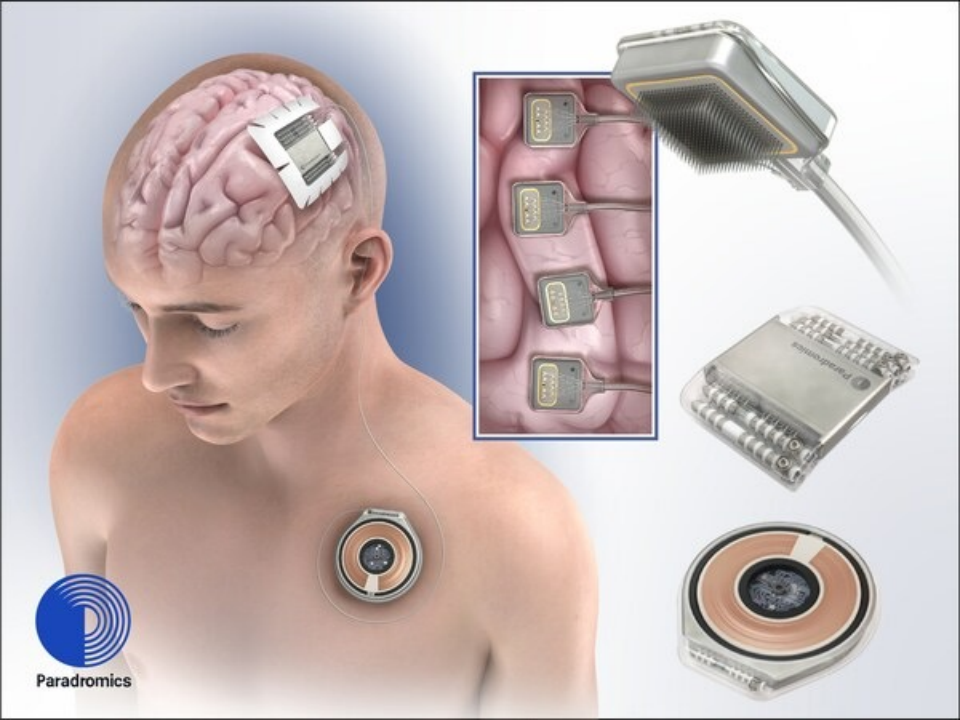Battling for the Ultimate Traffic Gateway: Zuckerberg Engages in a "War" with Musk
![]() 02/24 2025
02/24 2025
![]() 545
545

Author|Eric Editor|Zuri
"Whoever masters the link between the brain and the machine holds the key to the ultimate future traffic gateway."
Since 2025, the global technology landscape has erupted into a competitive frenzy. Various advanced technologies and applications vie for supremacy, and Brain-Computer Interface (BCI) is no exception.
Recently, Neuralink, Musk's brain-computer interface venture, announced that three paralyzed patients have received Neuralink implants over the past year. Neuralink's debut product, named "Telepathy," allows users to control mobile phones or computers solely with their thoughts, thereby enabling control over virtually any device.
Meta's CEO Zuckerberg previously disclosed that Meta is developing a BCI technology that will enable users to input text directly through their brains in the future. According to MIT Technology Review, Meta has successfully crafted a system that translates user brain signals into specific keyboard characters using AI models integrated with specific hardware, achieving an accuracy rate of approximately 80%. This signifies that the system can accurately discern the keyboard character the user intends to "type".
These scenarios, bordering on science fiction, are propelling BCI to the forefront of technological competition. Whoever masters the link between the brain and the machine holds the key to the ultimate future traffic gateway.
Simultaneously, BCI is transitioning from the laboratory to the business realm, unveiling a new goldmine. McKinsey predicts that the global BCI industry will generate an economic value of $70 billion to $200 billion over the next 10 to 20 years.
Driven by both technological advancements and commercial interests, BCI has ignited a new traffic revolution.
#01 The "Duel" Between Invasive and Non-Invasive Approaches
In essence, BCI technology establishes a communication and control channel between the brain and external devices. It enables direct control of external devices using the brain's bioelectric signals or regulates brain activity through external stimuli, thereby enhancing, improving, and extending brain functions.
Based on the placement of electrodes implanted in the brain during brain signal acquisition, BCI is primarily classified into three categories: non-invasive, semi-invasive, and invasive.
Invasive methods entail the surgical implantation of electrodes or other sensors directly into the brain. This is the most challenging and hazardous technical route for BCI, belonging to the "intracranial revolution," and it is the primary approach adopted by Neuralink. The core advantage of this invasive method lies in its signal accuracy, as the electrodes directly interface with neurons, resulting in a character error rate as low as 15.2%, and with a correction model, typing speed can reach 90 characters per minute.

Neuralink revealed that over the past year, the three patients with implants have collectively utilized Telepathy for over 4,900 hours. One patient named Brad has even been able to dispense with eye-tracking devices and seamlessly control electronic devices solely through his thoughts, communicating with others in various scenarios.
However, the risks associated with invasive BCI solutions are also substantial. Surgery may lead to complications such as bleeding, infection, and brain tissue damage, along with physiological immune responses.
Despite these risks, capital remains favorable towards this solution, and Neuralink's valuation surpassed $5 billion in June 2023. Neuralink also plans to expand the number of subjects to 20-30 in 2025.
In contrast, Meta adopts a non-invasive approach.
Non-invasive solutions typically utilize electrodes, sensors, and other devices positioned on the scalp surface or outside the skull to indirectly obtain information about brain activity. Due to the significant distance and numerous interferences in signal acquisition, non-invasive BCI struggles to achieve the low error rates of invasive methods. Meta's non-invasive BCI solution, named Brain2Qwerty, employs both electroencephalography (EEG) and magnetoencephalography (MEG) to capture brain activity signals.

The Meta team recruited 35 healthy volunteers to type out corresponding sentences on the keyboard after seeing the cue words on the screen, while simultaneously recording brain activity using MEG and EEG devices. The results indicated that when using the MEG device, the Brain2Qwerty model's character error rate could be as low as 32%, with an accuracy rate of up to 80%, while the EEG device's accuracy was lower, with a character error rate of 67%.
Overall, compared to Neuralink, Meta's BCI solution still exhibits a relatively high error rate.
Despite the performance gap, Meta's BCI solution also underscores the unique value of non-invasive technology. Its primary advantage is safety, as it avoids the necessity for craniotomy surgery and associated medical risks. Additionally, EEG and MEG can capture information about brain activity from diverse angles, resulting in richer data.
However, there are still certain obstacles to the large-scale popularization of Meta's BCI solution.
Firstly, MEG devices are bulky and expensive. Forest Neurotech founder Sumner Norman likened them to "an MRI machine placed on its side and suspended over the user's head," with a single device estimated to cost up to $2 million, far exceeding the reach of ordinary individuals. Secondly, MEG devices must be used in shielded rooms because the Earth's magnetic field is several orders of magnitude stronger than the brain's own magnetic field, which can severely interfere with signal acquisition, making their application in daily environments challenging.
This reveals a harsh reality: for non-invasive BCI to become a traffic gateway, it still needs to bridge the gap between "usability" and "practicality".
#02 Commercialization Prospects: "Scenario Expansion" from Medical to Social
Regardless of their technical merits and demerits, the commercialization prospects of BCI remain substantial.
Currently, the most mature applications of BCI are still concentrated in the medical field. Approximately 1 billion people worldwide suffer from neurological diseases, and invasive technology has already enabled patients with amyotrophic lateral sclerosis to regain communication abilities.
On February 12, NEOM, the future city of Saudi Arabia, announced a strategic investment in Paradromics, an American brain-computer interface company. The two parties will jointly establish the first Brain-Computer Interface Center of Excellence in the Middle East and North Africa, providing groundbreaking treatment options for patients with movement disorders, speech disorders, and cognitive impairments. As one of Neuralink's competitors, Paradromics holds great potential in the medical field.

Beyond medical applications, social networking is also an important commercial application area for BCI.
For Meta, the ultimate aim of its Brain2Qwerty model might be to integrate BCI into daily interactions. For instance, Meta users could "mentally" search for keywords through AR glasses or directly send "brainwave messages" on Facebook. Once this novel social method gains traction, it will undoubtedly reshape the traffic distribution rules: whoever can capture users' "first thoughts" first will be able to seize the new high ground of the attention economy.
Of course, regardless of the hardware device, the most valuable asset is the data it generates, and the same applies to BCI.
Compared to online user behavior data, brainwave signals can better tap into users' subconscious preferences, making them a more precious "raw material." However, how to ethically utilize this data needs to alert regulators. After all, if subconsciousness is leaked as data, the harm it may cause could be even greater.
When thinking itself becomes a mode of interaction, the traffic gateway shifts from mobile phone screens to human brains. Many companies have already rushed to enter the market, competing for traffic gateways by deploying in medical, social, and other fields. For many users, BCI is still unfamiliar territory. For companies to truly unlock the market and become leading players, they must strike a balance between performance, safety, and privacy.
Reference: Meta’s Mind Reader: Brain2Qwerty Translates Thoughts Into Text, Neuralink: Decoding the Hype Behind the Brain Chip. End-of-Article Interaction: Do you foresee a promising commercial future for Brain-Computer Interface? Share your thoughts with us in the comments!







